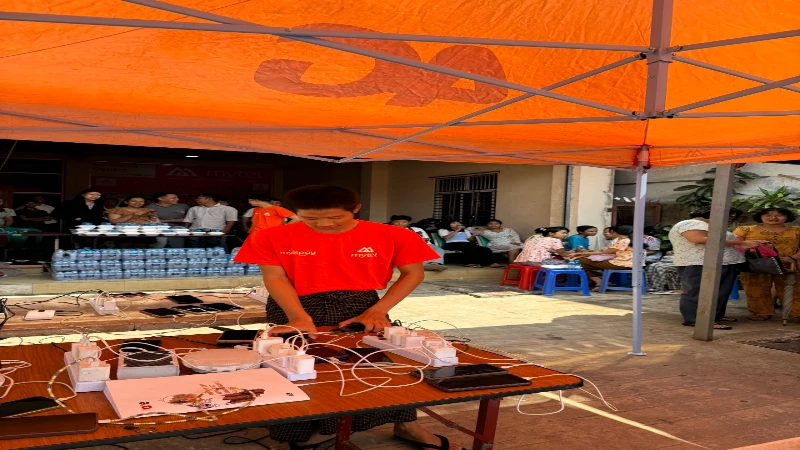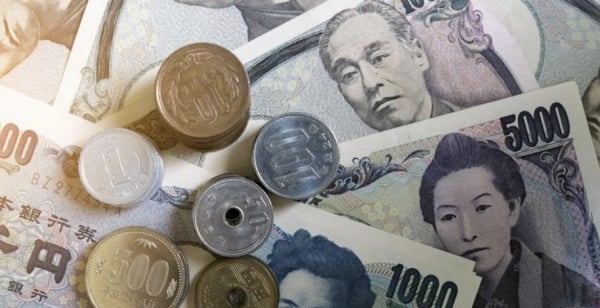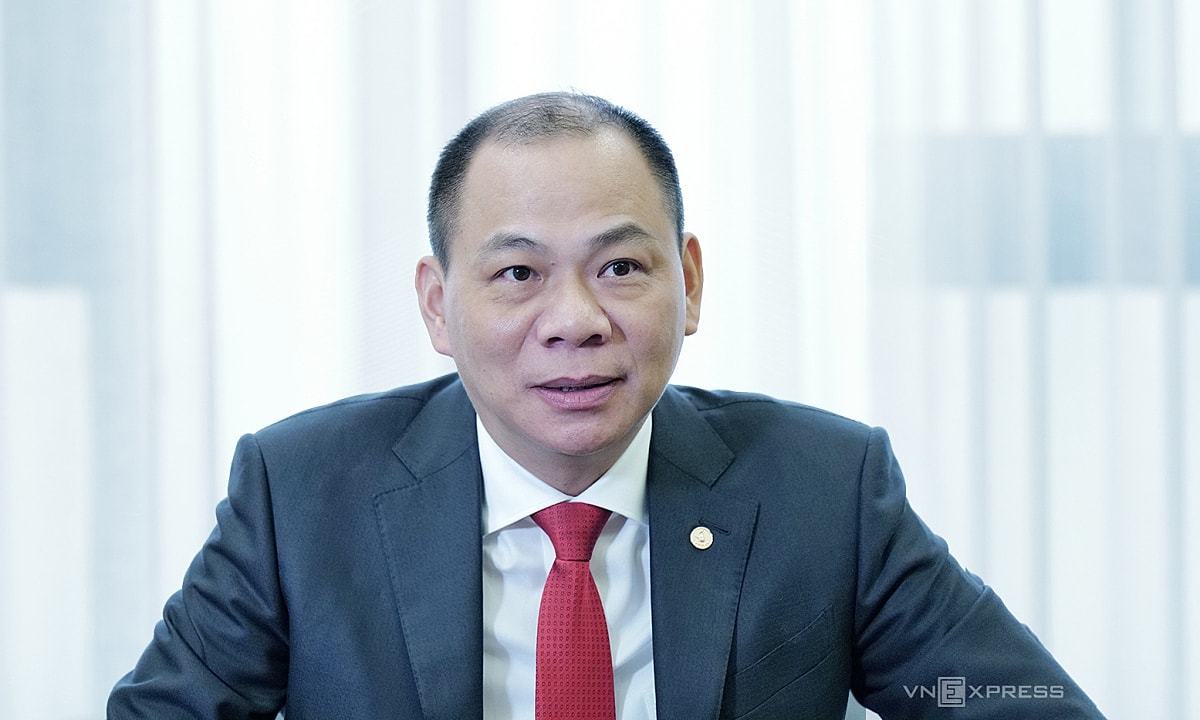The network operator has gradually turned off 2G.
With the rapid development of technology, the rate of smartphone users to access the internet and services is increasing. Since 2019, the policy of stopping inappropriate mobile technology (2G, 3G) has been proposed by the Ministry of Information and Communications.
Meanwhile, telecommunications enterprises are setting up networks with 2G, 3G, 4G technologies and are testing 5G commercially. If they provide many services at the same time, it will cause problems in exploitation and operation. According to the plan, by the end of 2023, the Ministry of Information and Communications will organize a frequency auction for network operators to deploy 5G. Therefore, all 4 technologies cannot exist at the same time, which will cause waste for enterprises in network operation and maintenance while the number of 2G and 3G subscribers is decreasing.

One issue that cannot be ignored is the security of this technology. According to the assessment of the Radio Frequency Department (Ministry of Information and Communications), due to the security holes of GSM 2G mobile technology, which only requires the network to authenticate users but does not require users to re-authenticate the network, it is exploited by bad guys to spread fake messages. Violators use fake BTS stations to declare the same parameters as real BTS stations (4G, 2G stations). When mobile subscribers approach fake BTS, due to the strong fake signal intensity, subscribers are temporarily transferred to the fake station to manage, by lowering the 4G signal to 2G to send spam messages, scam messages.
In other words, the method of spreading fake messages is mainly carried out by cybercriminals via 2G network waves. Because this technology is outdated, security standards and encryption are not focused on, cybercriminals can infiltrate, eavesdrop on calls, and insert messages. Although Vietnam has banned the import and production of phones that only use 2G and 3G, for profit, these phones are still imported through illegal channels. There are even phones that "fake 4G waves" to deceive consumers. All of these consequences will end when 2G waves are turned off.
In fact, businesses have implemented the discontinuation of inappropriate technologies. VNPT Group has turned off nearly 2,000 2G base transceiver stations (BTS); supported 1.9 million subscribers to switch from 2G to 3G and 4G networks. Viettel Group has not only turned off 2G waves but also turned off 3G waves on a large scale to focus on developing 4G and 5G, while introducing many policies to subsidize equipment as well as 4G data incentives to help people switch faster. MobiFone has also implemented similar policies...
According to the Department of Telecommunications, Ministry of Information and Communications, if in 2019 there were 32.8 million 2G subscribers, by July 2021 there will be only 24.5 million 2G subscribers. To continue to gradually reduce the number of 2G terminals connected to the network, the Ministry of Information and Communications issued a circular stipulating the National Technical Regulation QCVN 117:2020/BTTTT on terrestrial mobile information terminals, in order to not grant import licenses for 2G and 3G terminals, effective from July 1, 2020. Network operators have increased communications, issued packages to encourage data usage... By August 2023, the whole country will have only about 20.8 million 2G subscribers (of which 35% are smartphones).
There is a roadmap to protect 2G users.
At the regular state management meeting in September 2023 organized by the Ministry of Information and Communications, Deputy Minister Pham Duc Long said that in preparation for the shutdown of 2G waves, the Ministry of Information and Communications and network operators have been developing policies to prepare for this. In particular, network operators will have policies to support terminals or subscription fees for customers to switch. "The shutdown of 2G waves will definitely be carried out according to principles, network operators will not let people lose contact," Deputy Minister Pham Duc Long affirmed.

More specifically, the Department of Telecommunications said that in order to continue to guide businesses in building plans for network operation and development, the Ministry of Information and Communications issued Official Dispatch No. 3095/BTTTT-CTS dated July 31, 2023 announcing the planning of frequency bands: 900, 1800, 2100MHz and principles on maintaining 2G and 3G networks after September 2024.
Accordingly, solutions to convert all 2G subscribers to 4G have been proposed. On the management side, along with the implementation of the National Technical Regulation QCVN 117:2020/BTTTT on terrestrial mobile information terminal equipment on mobile phones, including inspection and examination of the purchase, sale and circulation of mobile phones on the market. The Ministry of Information and Communications also requires network operators to prevent mobile phones that do not comply with regulations on conformity certification from connecting to the public telecommunications network.
To protect users who are elderly and vulnerable in society, the Ministry of Information and Communications also allows businesses to maintain the 2G network until September 2026 to ensure that the service area is maintained for 3G and 4G subscribers who do not have the voice calling feature using VoLTE technology to make calls.
In addition, when stopping 2G waves, the Ministry of Information and Communications also plans to support smartphones for poor and near-poor households through the Vietnam Public Telecommunications Service Fund. Communicate to users to create user consensus and enhance customer care. Mobilize social resources to support smartphone conversion, prioritizing poor and near-poor households through organizations, businesses, associations, and unions.
On the business side, the Ministry of Information and Communications requires network operators to proactively develop a roadmap to stop 2G and 3G technology based on one principle: Increase network coverage with 4G technology to meet 2G coverage and quality requirements for subscribers gradually switching to 4G technology; gradually turn off 2G or 3G stations in areas with low numbers of subscribers and 2G traffic. At the same time, network operators must ensure new mobile information service areas after stopping 2G and 3G technology to maintain communication and ensure the rights of service users.
Network operators communicate to customers about plans to stop using technology that is no longer suitable so that subscribers can proactively switch to 2G terminals. At the same time, deploy solutions to promote and support the conversion of 2G mobile subscribers to 4G smart mobile phones. Telecommunications businesses can deploy programs to support subscribers to switch to smartphones, issue tariff policies to support subscribers' conversion. Deploy public service applications (apps) to promote smartphone use locally.
Source




![[Photo] "Beauties" participate in the parade rehearsal at Bien Hoa airport](https://vstatic.vietnam.vn/vietnam/resource/IMAGE/2025/4/11/155502af3384431e918de0e2e585d13a)
![[Photo] Looking back at the impressive moments of the Vietnamese rescue team in Myanmar](https://vstatic.vietnam.vn/vietnam/resource/IMAGE/2025/4/11/5623ca902a934e19b604c718265249d0)


























![[Photo] Summary of parade practice in preparation for the April 30th celebration](https://vstatic.vietnam.vn/vietnam/resource/IMAGE/2025/4/11/78cfee0f2cc045b387ff1a4362b5950f)



























































Comment (0)